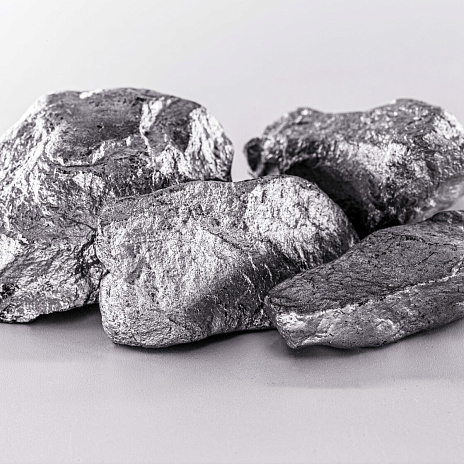-(1).jpg)
Over recent weeks, the world has been watching as Woodside Energy Group and Chevron became embroiled in a labor standoff with workers at their LNG plants in Australia. The news that these facilities could temporarily go offline has triggered an immediate reaction from the market, with spot LNG prices in Asia climbing to a five-month high of $14 per million BTU (see Fig. 1).
.jpg)
Australia has historically been the biggest LNG exporter to Asia Pacific, shipping at least 9 billion cubic meters each month (see Fig. 2), primarily to China and Japan (c. 70% of total exports).
.jpg)
This August, China bought 2.8 billion cubic meters from Australia, compared with 1.7 billion from Qatar and 1.2 billion from Russia. Japan’s reliance on Australian gas is much heavier: with 3.2 billion cubic meters delivered in July, Australia accounts for 46% of the country’s LNG imports (see Fig. 3), followed by the US (0.9 billion cubic meters) and Russia (0.4 billion cubic meters).
.jpg)
The first warning signs emerged in early August with the news that industrial action could occur as early as 2 September at Chevron’s Gorgon and Wheatstone facilities and at offshore platforms supplying gas to the Woodside-operated North West Shelf LNG plant.[1] While Woodside Energy Group has managed to reach an agreement with trade unions in a bid to prevent the labor row from escalating,[2] Chevron has failed to do so, with workers at Gorgon and Wheatstone now planning a two-week total strike to begin on 14 September.[3]
What risk could this pose to the Asia Pacific LNG market? Gas in Asia is likely to appreciate again. For now, prices are holding at $13 per million BTU, but things may change rapidly when the region is faced with a shortage of gas from strike-ridden plants. In August, 36% of Australia’s LNG output came from the Gorgon and Wheatstone plants, which together produced 3.2 billion cubic meters (see Fig. 4). The fallout from a strike action at these two facilities will not be felt keenly by China, which relies mostly on the Woodside-operated plant for LNG supplies. For Japan, by contrast, the situation looks more critical, with August supplies from Gordon and Wheatstone standing at 1.4 billion cubic meters, or 21% of the country’s LNG imports.
.jpg)
If the labor dispute is not settled by 14 September, Japan could lose around 10% of its LNG supplies, which will send retail prices higher. While in late August Chevron said it would increase production capacity at its Wheatstone project by 5%,[4] this move is unlikely to balance the market and avoid a price spike.

 (1).jpg)
.jpg)

 (1) (3).jpg)
 (1) (1).png)
-(1) (1).jpg)
-(1) (1).jpg)
-(1) (1).jpg)
 (1).jpg)
 (1).jpg)